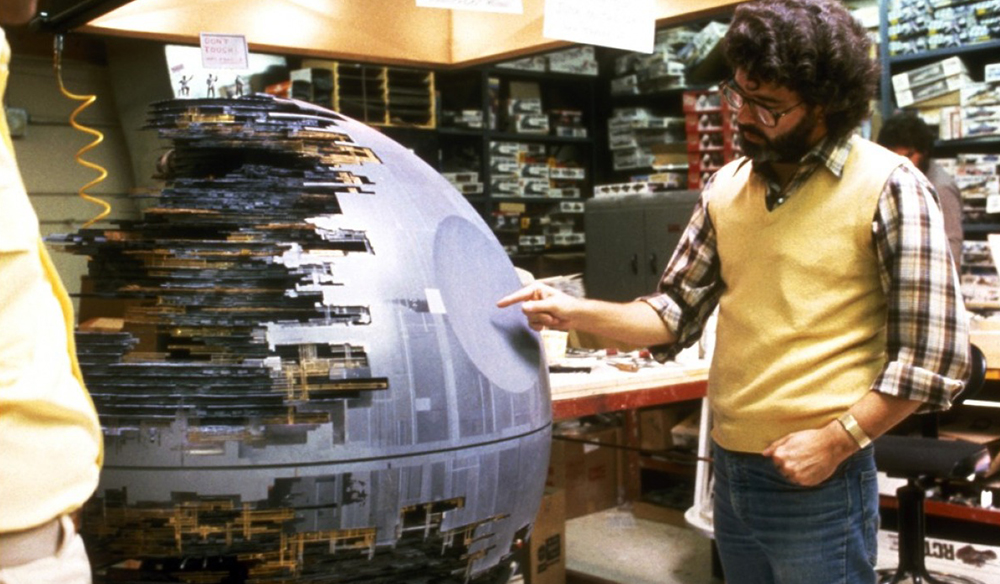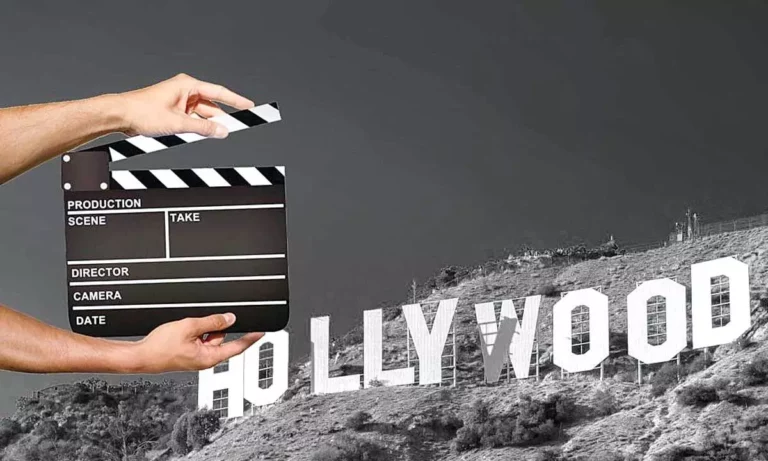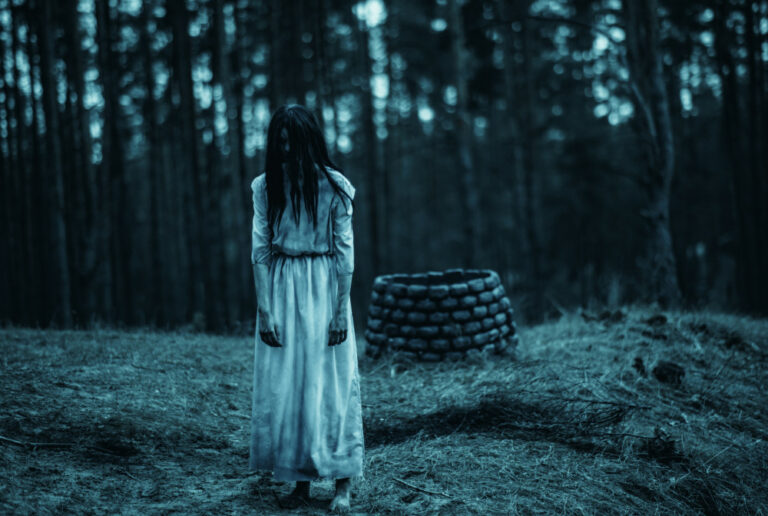
For a while, CGI ruled everything. From exploding cities to digital creatures, the visual effects revolution seemed unstoppable.
But something has shifted.
More and more filmmakers are turning back to practical effects—real props, makeup, animatronics, and in-camera tricks. The result? Movies that feel more grounded, immersive, and emotionally impactful.
Let’s explore why practical effects are making a comeback and what it means for the future of movie magic.
What Are Practical Effects?
In simplest terms
Practical effects are physical, real-world effects created during filming. They include:
- Prosthetic makeup
- Miniature models
- Pyrotechnics
- Mechanical rigs and animatronics
- Stop-motion animation
- Blood squibs and weather effects
Everything is captured live on set, not added in post.
Why CGI Took Over (and When It Went Too Far)
The golden age of digital
Films like The Matrix, Avatar, and The Lord of the Rings showed how CGI could expand cinematic worlds. It offered:
- Flexibility
- Spectacle
- Cost-efficiency (in the long run)
- Limitless creativity
But as digital effects became the norm, audience fatigue set in.
Overused CGI led to:
- Flat lighting
- Uncanny valley characters
- Action scenes with no real weight or consequence
- Poor aging as tech improved
Soon, what once looked “futuristic” started feeling fake.
The Return of the Tangible
Why filmmakers are going back
Directors like Christopher Nolan, George Miller, and Denis Villeneuve insist on real effects whenever possible. Why?
- Immersion: Real things cast real shadows, and actors respond more authentically
- Aging gracefully: Practical effects hold up better over time
- Respect from fans and critics: There’s a sense of craftsmanship that CGI sometimes lacks
Movies like Mad Max: Fury Road, The Dark Knight, and Dune prove that real effects still wow audiences—when done right.
Horror Leads the Charge
Real blood, real screams
Practical effects never really left horror. Why?
- Gore is more effective when it’s physically present
- Low budgets force creativity
- Audiences value the “handmade” feel
Films like The Thing, The Evil Dead, and An American Werewolf in London became cult classics because of their jaw-dropping practical effects.
Modern horror hits like Terrifier 2 and The Void continue this tradition—earning praise for DIY artistry.
Hybrid Filmmaking: Best of Both Worlds
Practical + CGI = cinematic balance
Many modern films use a hybrid approach:
- Practical effects for close-ups, blood, and costumes
- CGI for enhancement, background, or impossible shots
Examples:
- The Shape of Water used prosthetics + digital polishing
- Jurassic World brought animatronics back alongside CGI dinos
- Star Wars: The Force Awakens emphasized puppets and sets over green screens
This approach gives authenticity with flexibility.
Why Audiences Notice (and Care)
Viewers may not always know what’s real or digital—but they feel the difference.
- Weight
- Texture
- Interaction
- Gravity
These elements are harder to fake. When actors touch real monsters or drive real vehicles, scenes feel more dangerous, more thrilling, and more human.
The Nostalgia Factor
Part of the practical effects revival is emotional. Fans of 80s and 90s cinema love:
- Real creature suits
- Explosions that rattle
- Stop-motion artistry
Filmmakers like Jordan Peele, Guillermo del Toro, and Robert Eggers often pay tribute to these methods—not just for effect, but for tone.
Cost, Time, and Limitations
Practical effects aren’t easy:
- They require planning, testing, and rehearsals
- They can fail on set
- They don’t allow easy fixes in post-production
But that challenge often results in better directing and more disciplined storytelling.
The Future of Practical Effects
As audiences grow savvier and demand richer sensory experiences, practical effects are gaining new respect.
They’re no longer “old school”—they’re artisanal.
Expect more:
- Miniatures
- On-location stunts
- Real explosions
- Creature suits enhanced with subtle CGI
It’s not nostalgia. It’s evolution.
Final Thoughts
Practical effects never disappeared—they were just overshadowed for a while. But in an era of deepfakes and digital saturation, something real feels revolutionary.
In today’s cinema, what’s physically present often feels more emotionally present. And for filmmakers and fans alike, that makes all the difference.





